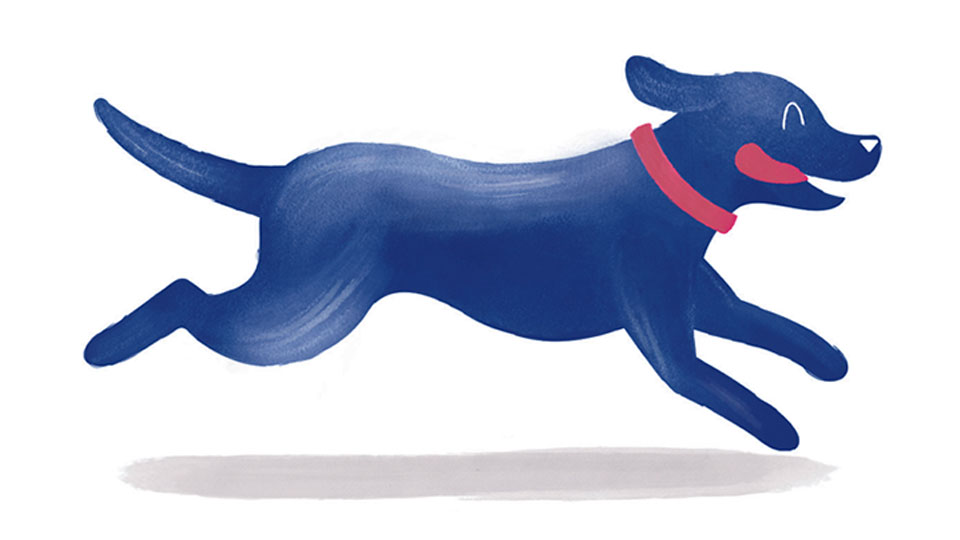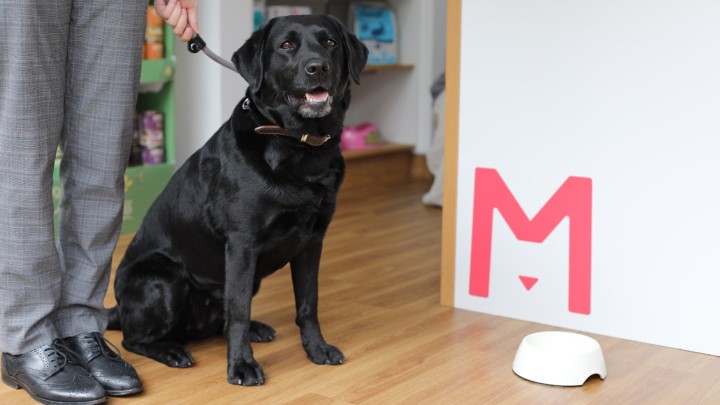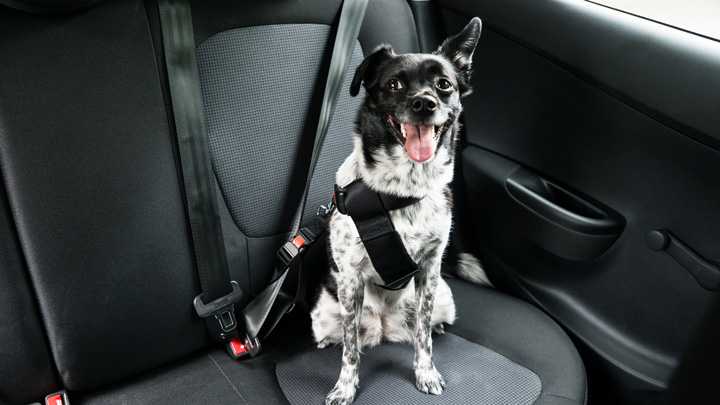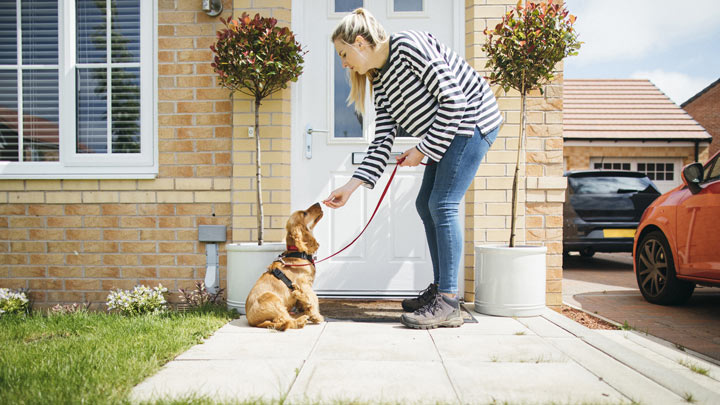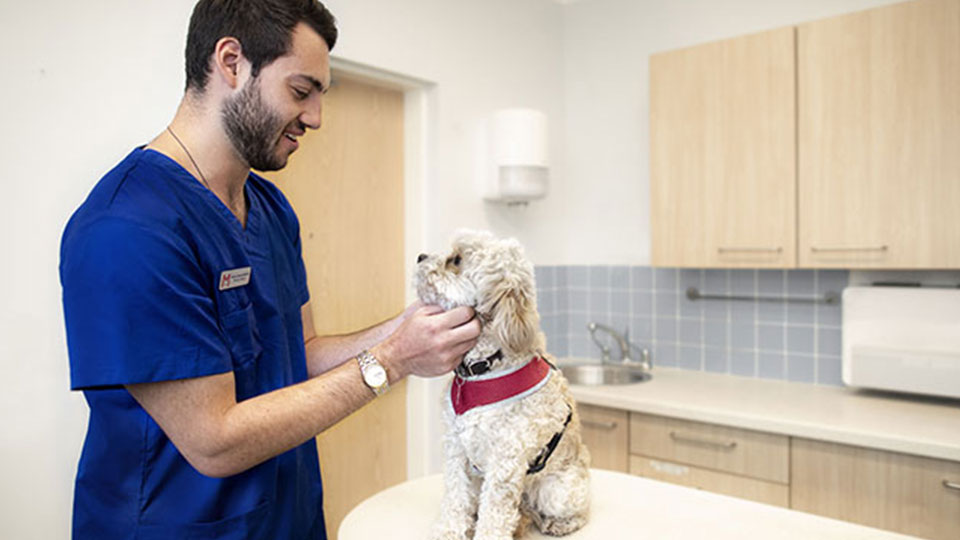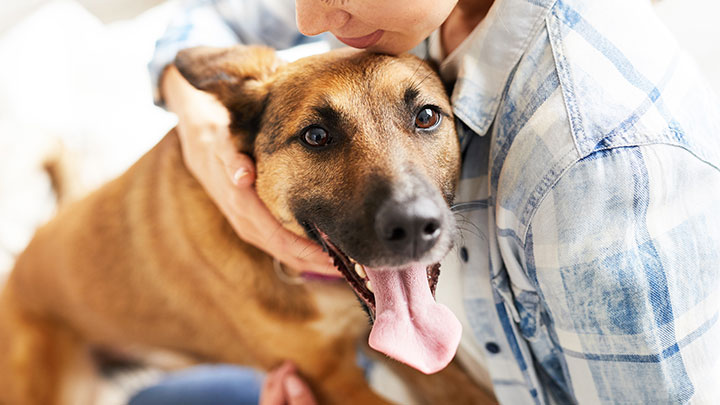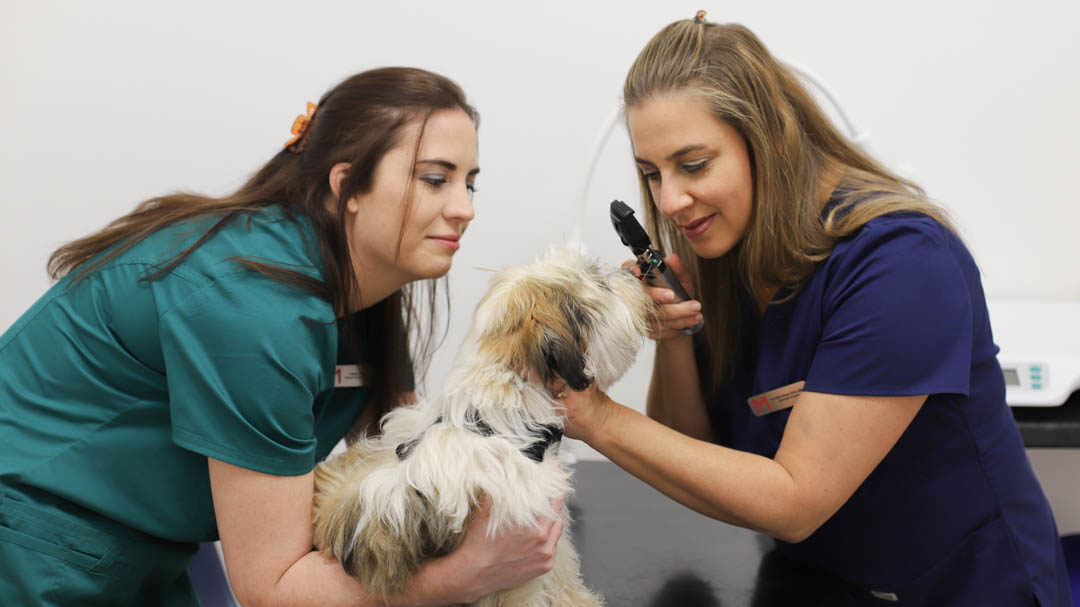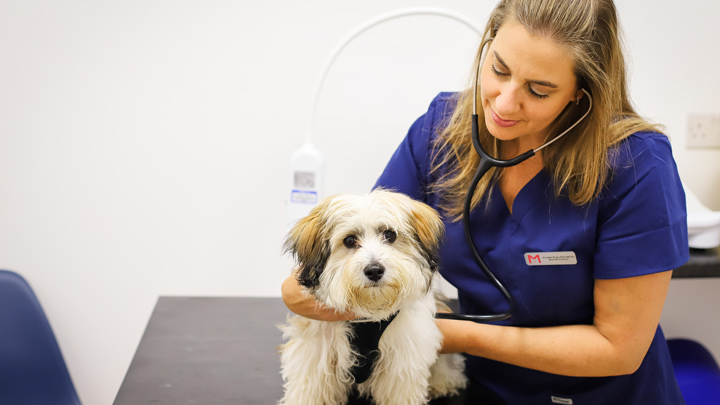Does Your Dog Have High Or Low Blood Pressure?
Just like humans, dogs can suffer from issues with their blood pressure. In fact, high blood pressure in dogs occurs in up to 10% of dogs, so it’s important to know the causes, the signs, and how it can be treated. Low blood pressure in dogs can also sometimes be a problem.

High vs. low blood pressure
Hypertension, or high blood pressure, occurs when your dog’s blood pressure is continually higher than normal. It can affect their heart, kidneys, eyes, and nervous system.
High blood pressure can be the result of other diseases, in which case it’s called secondary hypertension, or it can be the main issue itself - primary hypertension.
Hypotension, or low blood pressure, can be an ongoing issue or a short-term problem caused by shock, leading to weakness, lethargy, and fainting.
Low blood pressure can also appear in very fit, active dogs such as working Border Collies and Siberian Huskies. In this case, it’s not seen as an issue - rather it’s an indicator of their peak physical condition.
High blood pressure in dogs
Studies have found that between 0.5% and 10% of dogs suffer from high blood pressure, with ages ranging from two to 14 years old.
What are the causes of high blood pressure in dogs?
While the causes of primary hypertension are unknown, research suggests that it could be hereditary. Secondary hypertension is far more common and accounts for around 80% of all high blood pressure cases. It can be caused by a variety of factors, including renal disease, obesity, hormonal issues and hyperthyroidism.
Symptoms of high blood pressure in dogs may include:
- Seizures
- Disorientation
- Blindness
- Weakness
- Heart murmurs
- Nosebleeds
If your dog is showing any of the above symptoms, you should see your vet as soon as possible. Your vet may take several blood pressure tests using an inflatable cuff - similar to that used on humans - around the paw or tail.
How do you treat high blood pressure in dogs?
If your dog has secondary high blood pressure, treating the underlying disease or illness will bring their blood pressure back to normal levels. If this isn’t possible, your dog will need medication to control the condition indefinitely. Feeding them a diet that’s low in sodium (salt) may also help manage it.
Your dog’s blood pressure will need to be checked regularly and lab tests may be required to measure their reaction to medication. 
What causes low blood pressure in dogs?
Low blood pressure can be caused by an accident or injury that leads to a significant loss of blood, due to there being less blood in their system.
Various health problems may also lead to low blood pressure, including heart, liver or kidney issues, anaemia or a low red blood cell count. Long-term neglect, malnutrition, and dehydration can also contribute to hypotension.
One of the most common effects of low blood pressure is that the major organs don’t receive enough oxygen and nutrients, causing them to weaken, become damaged and, in rare cases, fail.
Symptoms of low blood pressure include:
- Lethargy
- Weakness
- Fainting or collapse
- Pale or white gums
- Confusion
- Excessive weeing
- Increased thirst
Since hypotension is usually as a result of a critical injury or trauma, immediate emergency care is needed.
Diagnosing and treating low blood pressure in dogs
Diagnosing the cause of hypotension is relatively simple, and treating the underlying cause helps bring their blood pressure levels back to normal. Generally speaking, it’s unusual for a vet to provide medication or treatment for low blood pressure as a standalone issue.
Blood pressure checks with the Medivet Healthcare Plan
As your dog ages, they’re much more likely to experience issues with their blood pressure.
Hypertension or high blood pressure is diagnosed in a similar way to humans; by measuring with an inflatable cuff around the dog’s foreleg or tail. The cuff is inflated to measure the blood flow through an artery and the reading is presented on the screen for the vet to read.
Having regular blood pressure checks can help to identify any underlying issues as soon as possible, keeping your dog happy and healthy for years to come.
Medivet Healthcare Plan offers twice-yearly blood pressure checks as a bolt on for dogs on the senior plan.
Our bespoke plans also include:
- Annual booster vaccinations
- Complete flea, worm, and tick protection for the year
- A nose-to-tail health check every six months.
If you are concerned about your dog’s blood pressure, your local Medivet practice can offer advice and help.
Blood pressure in dogs FAQ
Most dogs should have blood pressure in the range of 110/60 to 160/90. Anything higher or lower than this could indicate high or low blood pressure and should immediately be checked with your vet.
Dogs will often suffer from high blood pressure due to some underlying disease, the most common being chronic kidney disease, Cushing’s disease (an overproduction of cortisone by the body), or adrenal gland tumours.
Symptoms of high blood pressure in dogs include seizures, disorientation, changes in behaviour including circling, blindness, weakness, heart murmurs, blood in the urine, and nosebleeds.
Hypertension or high blood pressure is diagnosed in a similar way to humans; by measuring with an inflatable cuff around the dog’s foreleg or tail. The cuff is inflated to measure the blood flow through an artery and the reading is presented on the screen for the vet to read.
If your dog has secondary high blood pressure (from an underlying disease or illness), then treating the cause will bring back the blood pressure to normal levels, usually with medication. If this isn’t possible, your vet will provide medication which will manage the blood pressure indefinitely. Feeding your dog a diet low in sodium may also help manage it.
Symptoms of kidney failure in dogs are significant weight loss, mouth ulcers, lethargy, intestinal seizures, vomiting, pale gums, drunken behaviour or uncoordinated movements, a chemical-smelling breath, a disinterest in food or decrease in appetite, and changes in urination.
Related Dog Advice

Medivet Healthcare Plan Extra
The Medivet Healthcare Plan Extra includes all the benefits of the standard plan, plus a few extra checks to help keep your dog stay healthy and thriving in their older years.
Learn more
Pet Care & Advice
At Medivet, we’re committed to providing trustworthy, expert advice that helps you care for your pet.
Search advice







